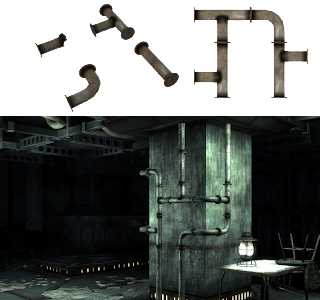Kev wrote a short Tumblr on why he no longer wants to work at Google.
I am fairly sure this is a wider, expanding trend: great programmers have lost interest/faith in Google as an employer. I’ve tried (ineffectually) to explain this to some of my Googler friends – but I’ve tended to cite too much info, and I think Kev pinpoints it quite nicely:
“Google’s foundation is it’s image. … For years we’ve all loved them. Even if sometimes their products fail and don’t provide the experience we want we’re all thinking it’s Google, their nice, they do things for free…The long and the short of it is Google has done very off the good feeling they’ve generated in the user community at large. The vision of the philanthropic behemoth doing things for the people. Not acting like a huge faceless corporation and doing things “the right way”.
Looking at it now though … Google are starting down that slippery path to the dark side. Reader is the obvious case but if you look a bit deeper you’ll see a general tend towards money first – people second culture.
…
So, why would I want to work for Google now? I could choose any big company with a big chunk of cash and a whole bunch of crazy ideas. There’s plenty of them around and Google is heading rapidly toward being “just another”. It’s Google right? Wrong.”
Google went from being the forefront of modern, healthy, human-centric company culture … to a mid-tier, second-rate excuse for bad practices and “it sucks but we can’t change it” culture. Like Kev, I noticed this (and you’ll see my Google-related blog posts over the years see-sawing between praise and hatred, like a manic depressive). But for the most part I convinced myself it was probably the teething-pains of corporate growth; mis-reported; sensationalized.
That was until I had first-hand experience of Google Europe’s disastrous hiring process. I went through a recruiter who repeatedly forgot to turn up, staff with no relevance to the role (and who declared their hatred of it), 1950’s mock-psychological interview questions, and a wilful avoidance of Employment/Privacy Law (I hit them with a DPA when I caught their HR lying to me).
… well, after all that … if you got the job, and accepted … what kind of team-members do you think you’d end up with? Is this a process that attracts great people – or turns them off?
That’s the critical point: when joining a company you expect to work for more than just a half year or so, the interview is as much a chance for you to feel that they’re recruiting people you like, people you respect – your current and future team-mates.
I know Kev (author of the post linked above) – and he’s not the kind of person to turn Sour Grapes on a failed interview. He’s a great programmer, skilled, innovative, and pragmatic. Very much the kind of engineer I’d want to work with – but also the kind I’d expect to smile and politely decline when confronted with the Google hiring process.
Which is what decided me against them for good. Although it’s a wonderful environment, and in many ways I’d love to work there … life’s too short to go without: colleagues you respect, and a culture you love.



